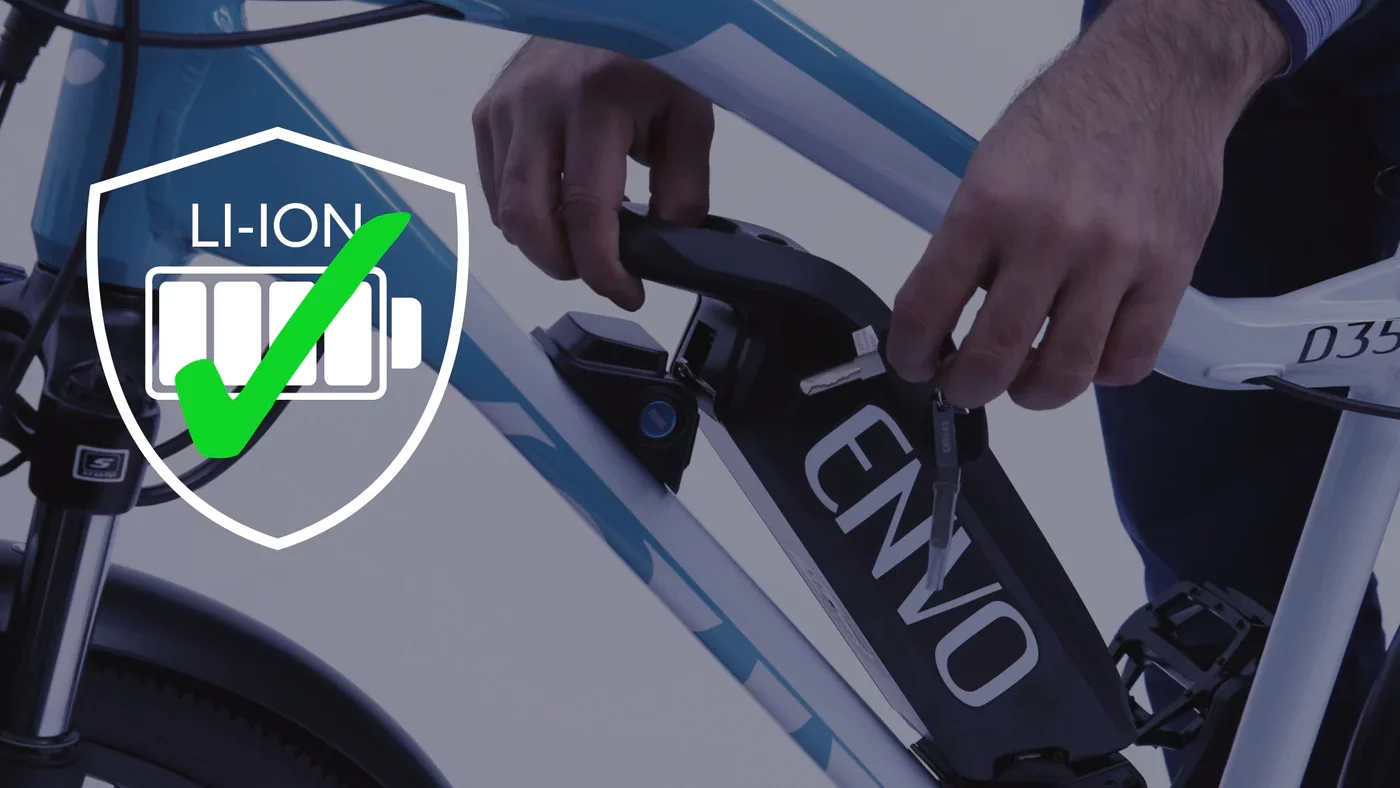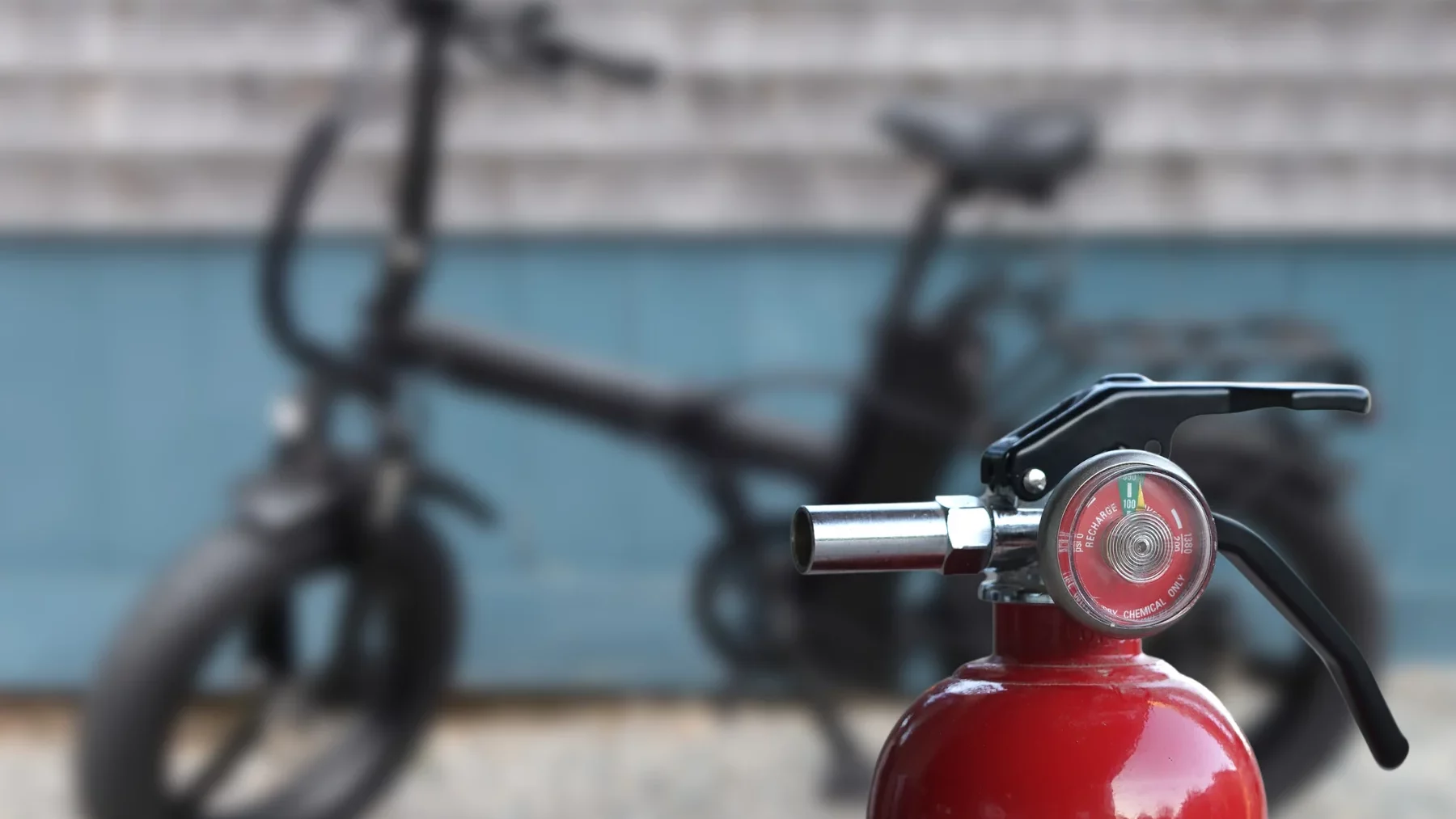As e-bikes surge in popularity across Australia, it’s crucial to be aware of potential hazards when recharging these machines at home. Little information is known about the risks of using, charging and riding an ebike, they are not free from risk… that’s for sure…. This article will shed light on the risks involved in charging e-bikes and outline practical measures you can implement to ensure safe charging practices.

- Electrical Hazards
Electricity is fundamental to powering your e-bike. However, it may pose a shock risk, especially if there’s a fault on your battery charger or within your wall socket, or if the charging process is undertaken in a wet environment. The battery itself can produce a shock risk, if in contact with the battery terminals.
Potential Controls include: Always ensure that your charging area is dry area and away from any sources of water. Get a licensed electrician to routinely check your home’s electrical circuit and outlets for any faults, conduct a regular trip test of your house protective devices. Ensure that you use only the certified, original equipment manufacturer (OEM) chargers and batteries that are recommended for your e-bike. Inspect and check your battery for damage regularly.
- Overcharging
Battery overcharging occurs when your e-bike battery reaches full capacity, but the charging continues. This can lead to the battery overheating, causing it to swell, leak, or in severe cases, catch fire.
Potential Controls include: Most modern e-bike batteries have built-in circuits to prevent overcharging. However, as added protection, unplug the charger once the battery is full. If possible, avoid charging overnight and always use the battery charger and battery provided by the original equipment manufacturer (OEM), as it’s designed to interact safely with your e-bike’s battery.
- Battery Damage
If your lithium battery has sustained any damage, impact, moisture ingress or other wear and tear, it can be hazardous to charge it, as it might malfunction, over heating, or in worst case a fire.
Potential Controls include: Regularly inspect your e-bike’s battery for any visible damage, such as swelling, leakage, or unusual smells. If you notice any of these, go straight to a professional. Never attempt to repair a faulty battery yourself.
- Improper Storage (ebike or battery)
Storing your e-bike or its battery (spare battery) in a poorly ventilated, hot or humid area can also lead to overheating during charging, which could pose a fire risk.
Potential Controls include: Always charge the battery in a cool, flat, hard surface, well-ventilated area where any heat produced can naturally disperse. Try to avoid charging in very warm rooms or direct sunlight, and never cover your battery while it’s charging. Also, try to avoid overcharging and leaving your battery on charge for long periods of time. Detach the battery from the battery charger once it’s fully charged. This is to avoid potential overheating and the risk of fire.
- Fire Hazards
Although it’s an unlikely event, fire hazards can occur due to faulty chargers, damage to your lithium battery, or even from an unattended charging process or an accident itself.
Potential Controls include: Use a smoke detector in rooms, locations where batteries are being charged, so that any fire can be detected early. Buy a fire extinguisher designed for electrical fires to have on hand, and most importantly, never leave a charging battery unattended. Also, always charge the battery in a cool, well-ventilated area where any heat produced can naturally disperse. Try to avoid charging in very warm rooms or direct sunlight, and never cover your battery while it’s charging.
E-bike charging safety is an essential topic that shouldn’t be overlooked by e-bike enthusiasts. By understanding these hazards and implementing practical controls, you’ll ensure not only the longevity of your e-bike’s battery but also a safe and risk-free charging environment. Remember, being safe doesn’t just stop on the road; it extends to your home too.

- Rider Safety
Riding any bike, especially an ebike is not without the risk of having or being involved in an accident or receiving a injury.
Potential Controls include: Always wear a helmet. While it’s legally required in Australia, it also makes sense given that helmets can reduce the risk of serious head injuries. Follow all road rules and regulations. Remember, as an eBike rider, you share the same responsibilities on the road as any other vehicle. Use the bike lanes where available. Keep you and your eBike as visible as possible. Use lights and reflective materials especially in low-light conditions. Perform a pre-ride check. Ensure the brakes work correctly, the tyres have adequate pressure, and the battery has enough charge for your journey.
Note: Always ensure that you read and refer to your original equipment manufactures (OEMs) manual, for more information about the risk, hazards and associated controls for your specific ebike.